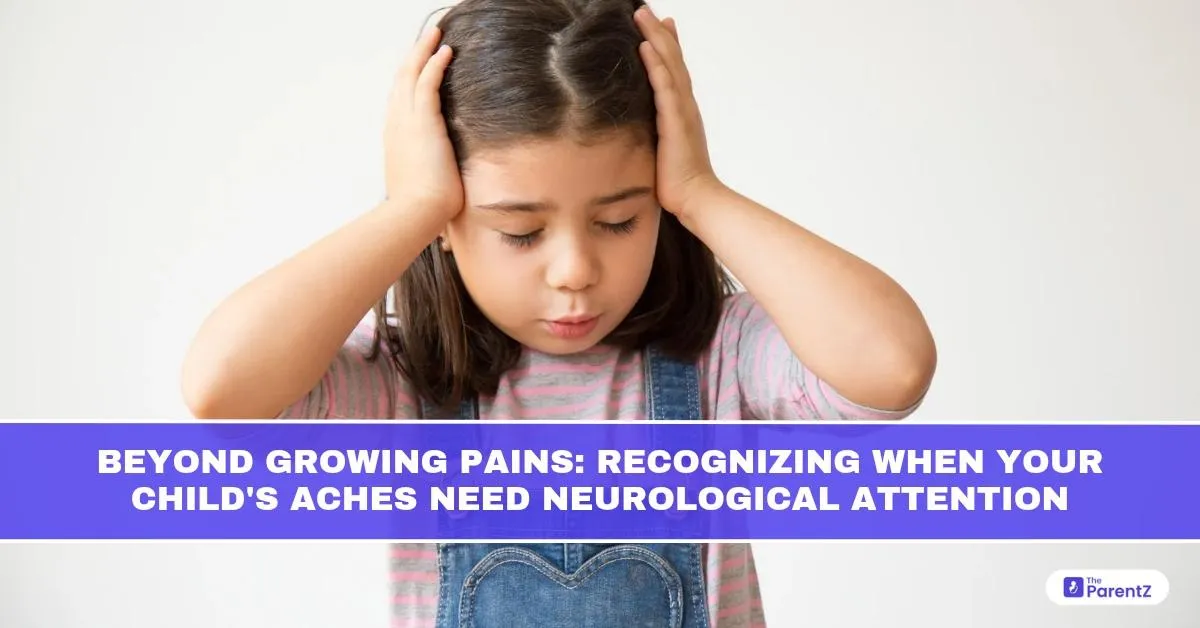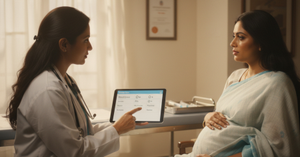Children commonly complain of aches and pains as they grow, especially in their legs or back. These discomforts are often casually attributed to “growing pains”, a benign and temporary phase. However, not all aches should be brushed off. Some may be early signs of neurological conditions that require timely evaluation and intervention.
Understanding Growing Pains: What’s Considered Normal?
Growing pains typically present in children between the ages of 3 to 12 years. They are most often felt in the legs, thighs, calves, or behind the knees and tend to occur in the late afternoon or evening. These pains:
- Are bilateral (occur in both legs)
- Do not cause limping
- Do not involve joint swelling or redness
- Are transient and relieved with massage or over-the-counter pain relief
- Do not affect the child’s ability to walk, play, or function during the day
In most cases, these pains do not indicate a serious problem and are simply part of musculoskeletal development. However, when the pain is persistent, localized, or accompanied by other concerning signs, it may be time to look deeper.
When Aches Might Be More Than Just Growing Pains
There are certain “red flags” that suggest a child’s pain may be neurologically rooted or indicative of another underlying medical issue. These include:
1. Pain That Worsens Over Time
Growing pains usually follow a waxing and waning pattern. If the discomfort is increasing in intensity, duration, or frequency, it may suggest something more serious, like nerve compression or inflammation.
2. Pain on One Side of the Body
Neurological pain often presents unilaterally. If a child persistently complains of pain in one arm or leg, or if the pain is always localized to one specific region, it could be due to nerve irritation or spinal issues.
3. Limping or Difficulty Walking
Any change in gait, limping, or reluctance to bear weight on a limb requires further assessment. It could indicate nerve involvement, spinal cord abnormalities, or muscular dystrophy.
4. Associated Symptoms
If the child’s pain is accompanied by symptoms such as:
- Tingling or numbness
- Muscle weakness
- Loss of bladder or bowel control
- Headaches, particularly with vomiting or early morning onset
- Back pain or neck stiffness
Common Neurological Causes of Aches and Pains in Children
1. Peripheral Neuropathy
Peripheral nerves can be affected due to autoimmune conditions, infections, or inherited disorders. Symptoms include burning pain, tingling, and weakness, often in the hands or feet.
2. Spinal Cord Disorders
Conditions like tethered cord syndrome, spinal tumors, or herniated discs can cause back pain that radiates to the limbs, as well as neurological deficits.
3. Cerebral Palsy
In children with mild cerebral palsy, muscle stiffness or spasticity might be mistaken for growing pains. However, the associated coordination issues and abnormal movement patterns usually provide clues.
4. Juvenile Idiopathic Arthritis with Neurological Overlap
While primarily a rheumatological condition, some types of juvenile arthritis can lead to nerve compression or neurological symptoms.
5. Guillain-Barré Syndrome
A rare but serious condition, GBS involves progressive muscle weakness starting from the legs and moving upward. Pain may precede the weakness and is often described as deep or aching.
When to See a Pediatric Neurologist
Early intervention is key when it comes to neurological issues in children. Parents should consult a pediatric neurologist if:
- Pain is persistent or progressively worsening
- Symptoms interfere with daily activities like walking or sleeping
- There are any signs of muscle weakness, clumsiness, or unusual movements
- Pain is associated with changes in bowel or bladder habits
- There is a family history of neurological or neuromuscular conditions
A pediatric neurologist will conduct a thorough neurological examination and may order tests such as:
- MRI or CT scans (to detect structural abnormalities)
- Electromyography (EMG) and nerve conduction studies
- Blood tests to look for metabolic or inflammatory markers
- Genetic testing, if a hereditary condition is suspected
What Parents Can Do
While it’s natural to hope the pain is temporary, being proactive can make all the difference. Here’s how parents and caregivers can support their child:
- Maintain a symptom diary: Note when the pain occurs, how long it lasts, and any associated symptoms.
- Encourage open communication: Children may not always express pain clearly; encourage them to describe what they feel.
- Prioritize sleep and nutrition: Adequate rest and a balanced diet support nerve and muscle health.
- Seek professional evaluation early: Trust your instincts if something feels off, it’s better to check than to delay.
Conclusion
Not all childhood aches are simply growing pains. While the majority are harmless and short-lived, persistent or unusual pain can be the body’s way of signaling deeper neurological concerns. Recognizing the difference and seeking timely neurological evaluation can ensure that children receive the care they need to thrive. By staying informed and attentive, caregivers play a vital role in the early detection and management of potentially serious conditions, ultimately supporting a child’s long-term well-being.








Be the first one to comment on this story.